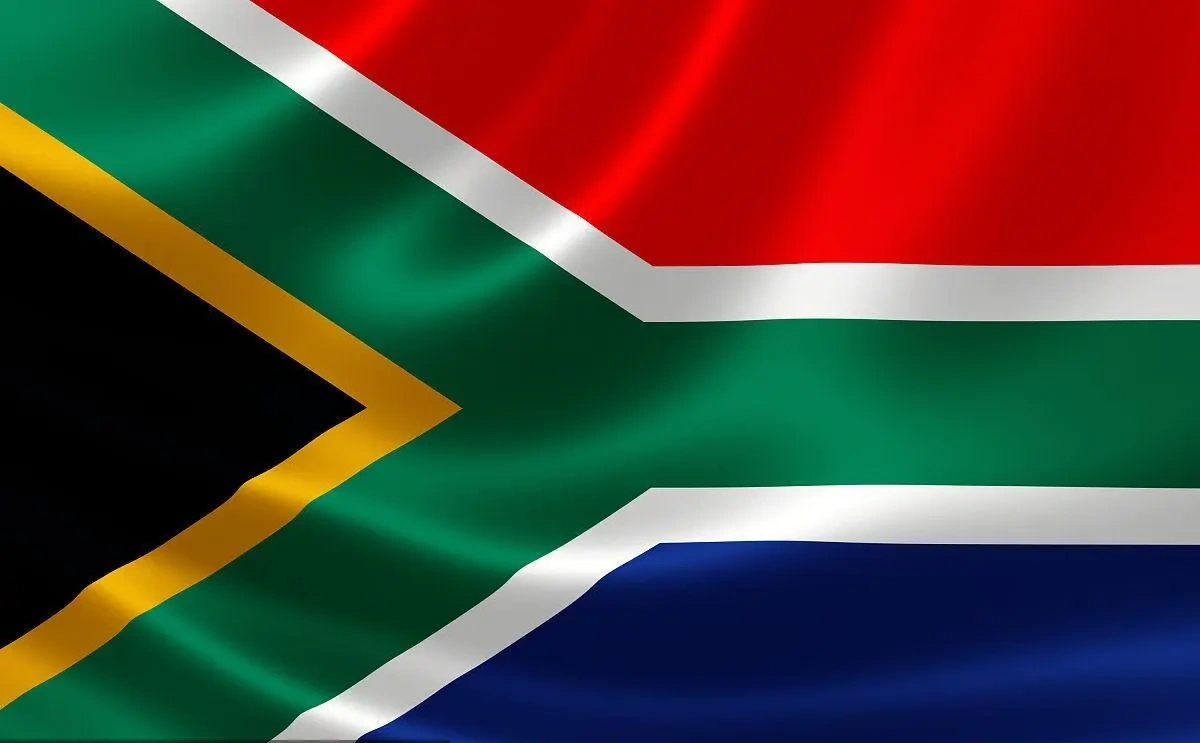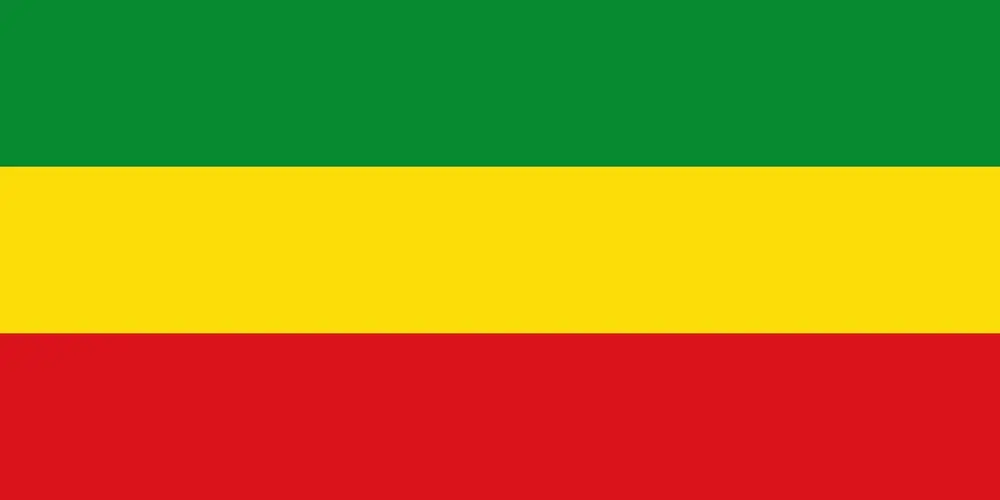Overview of South Africa

The Republic of South Africa is located at the southernmost tip of the African continent, in the southern and eastern hemispheres, with latitudes ranging from 22 ° S to 35 ° S and longitudes ranging from 17 ° E to 33 ° E. It faces the sea to the east, south, and west, the Atlantic Ocean to the west, and the Indian Ocean to the east. South Africa has a land area of 1219090 square kilometers, surrounded by the Indian Ocean and the Atlantic Ocean in the east, south and west, bordering Namibia, Botswana, Lesotho, Zimbabwe, Mozambique and Eswatini in the north, facing Australia across the Indian Ocean in the east, Brazil and Argentina across the Atlantic Ocean in the west. South Africa has three capitals: the administrative capital Pretoria, the legislative capital Cape Town, and the judicial capital Bloemfontein.
The population of South Africa is approximately 62 million (2022 data), divided into four major races: Black, Colored, White, and Asian. South Africa was once a British colony in history and was renamed the Republic of South Africa in 1961. During the period of white rule, South Africa implemented policies of racial discrimination and segregation, but in 1994, the first non racial general election was held, ending the apartheid system and joining the Commonwealth through a bill to protect the rights of black people. South Africa is the second largest economy in Africa, with well-developed financial, legal, communication, energy, and transportation industries. It has a complete hardware infrastructure and stock trading market, and its gold and diamond production ranks first in the world.
The terrain of South Africa belongs to a plateau structure and has abundant natural resources. South Africa has diverse climate types, with most areas belonging to the Mediterranean climate, with hot and dry summers and mild and rainy winters. The highest point in South Africa is Mount Tabana, with an elevation of 3482 meters. South Africa has abundant natural resource reserves, with mineral resources such as gold and diamonds occupying an important position worldwide. In addition, South Africa has well-developed infrastructure, with convenient sea, air, and land transportation.
The South African economy is relatively developed in the African region, but there is still a certain gap in its development level compared to some international economic powers. As the second largest economy in Africa, South Africa ranks among the top in terms of total economic output among African countries, but its per capita GDP is relatively low, reflecting the complexity and diversity of its economic structure.
In recent years, the South African economy has experienced significant fluctuations. The South African economy grew by approximately 0.3% in 2019, but declined by 6.3% in 2020, marking the largest annual decline since 1946; The South African economy will grow by 4.9% and 2.0% respectively in 2021 and 2022; The total economic output in 2023 is 377.78 billion US dollars, with a per capita GDP of approximately 6253.2 US dollars.
From a global ranking perspective, South Africa's GDP will be approximately 405.3 billion US dollars in 2022, equivalent to approximately 2920 billion Chinese yuan, ranking 37th in the world. The economic recovery in South Africa is very weak. Although South Africa was once the largest economy in Africa with rapid industrial development, its economic performance in recent decades has fallen short of expectations, with high social unemployment rates and little hope for the entire country from top to bottom.


